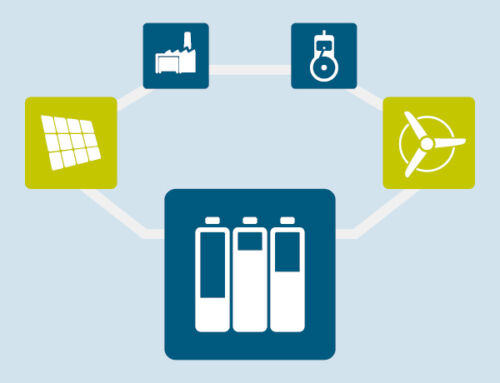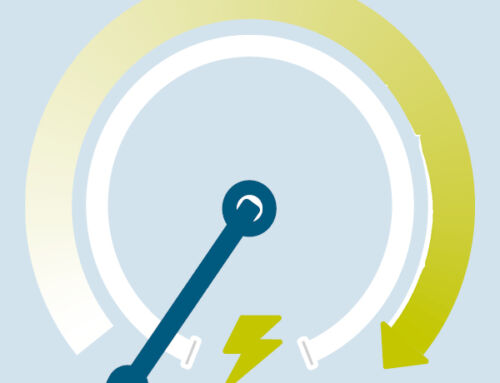Mains frequency stabilization

Frequency stabilization
Frequency stabilization refers to the balancing of frequency deviations due to imbalances between generation and consumption (active power control). In the power transmission networks in Germany and Europe, there is a frequency of 50 Hertz, which must be kept constant at all times by the transmission system operators with a small deviation tolerance. To achieve this, the influences of variable loads and feed-ins must be compensated for with the help of primary and secondary control using minute reserve in the power plants.
This is how mains frequency stabilization works
There may be discrepancies between power generation and consumption, resulting in an increase or decrease in frequency. If the power generated is greater than its consumption, this will result in an overfrequency. Underfrequency occurs when the power generated is less than the power consumed. With grid frequency stabilization, generation plants or consumer plants react automatically to frequency deviations that occur. For example, generation plants reduce the amount of power they feed in during overfrequency, or consumers increase the amount of power they feed in. The reverse is true for underfrequency. Battery storage systems can also be used to stabilize the grid frequency, since batteries can react to frequency changes within seconds.



